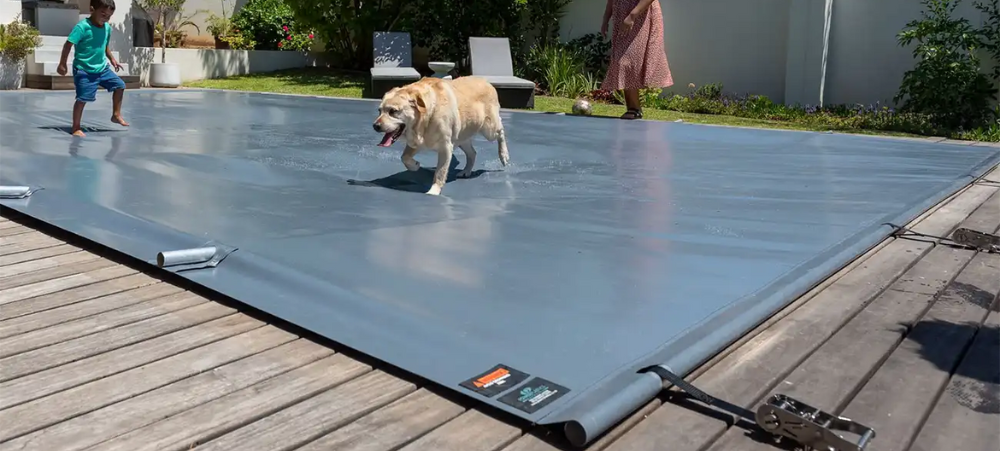In a world where screens are everywhere—from TVs and tablets to smartphones and laptops—setting healthy boundaries for your toddler’s screen time can feel overwhelming. You want to protect their developing brain, but sometimes, Peppa Pig is the only thing keeping the peace while you cook dinner or finish that work email. Sound familiar?
The good news is, it’s possible to strike a healthy balance without guilt, power struggles, or unrealistic expectations. Here’s how to set screen time boundaries that actually work for real families with real toddlers.
Why Screen Time Matters in Early Childhood
Toddlers are in a critical phase of brain development. Too much screen time, especially passive viewing, has been linked to:
- Delayed language development
- Reduced attention spans
- Poor sleep quality
- Decreased physical activity
That said, not all screen time is bad. The type of content, how it’s used, and how often it happens matter more than a strict time limit.
According to the World Health Organization and American Academy of Paediatrics, toddlers (ages 2–5) should ideally have no more than one hour of screen time per day, and it should be high-quality, interactive, and supervised.
Step 1: Know Your Why
Before setting boundaries, decide why screen time matters to your family. Are you trying to protect your toddler’s sleep? Want to encourage more outdoor play? Do you feel concerned about their mood after screen time?
Understanding your goals will help guide your boundaries and make them easier to stick to.
Step 2: Choose Content Wisely
Not all shows or apps are created equal. Prioritise educational, age-appropriate, and interactive content. Look for programs that encourage singing, storytelling, problem-solving, or physical movement.
Try these trusted options:
- Sesame Street
- Bluey
- Daniel Tiger’s Neighborhood
- Khan Academy Kids
- PBS Kids
Tip: Watch together when you can. Co-viewing helps toddlers make sense of what they see and can spark meaningful conversations.
Step 3: Create a Daily Screen Routine
Toddlers thrive on routine. By designating specific times for screen use, you give them predictability and avoid arguments.
Examples:
- 30 minutes after nap while you prep dinner
- One episode after outdoor play
- A special “movie night” once a week
Avoid screens before bed (at least 1 hour prior) to protect their sleep.
Step 4: Set Clear, Consistent Limits
Be upfront with your child about screen rules, and stick to them consistently. Use a visual timer or countdown to help toddlers transition off the screen without meltdowns.
Example phrases:
- “When the timer goes off, it’s time to play outside.”
- “We’re watching one show, then we’re done for today.”
- “Screens are all done after lunch.”
Bonus Tip: Give a warning at the 5-minute mark. Toddlers handle transitions better when they’re not surprised.
Step 5: Offer Screen-Free Alternatives
Sometimes we rely on screens because we need a break. That’s okay! But it helps to have a toolkit of engaging, screen-free activities ready to go.
Ideas for solo play:
- Sticker books
- Play dough or sensory bins
- Puzzles
- Audiobooks or nursery rhymes
- Water play or drawing stations
Create a “boredom box” filled with quiet-time activities your toddler can access independently when you need a breather.
Step 6: Model Healthy Screen Use
Your toddler is watching you—literally. If you’re constantly checking your phone or leaving the TV on in the background, they’ll pick up on that.
Try to:
- Turn off background TV
- Be present during play
- Keep your phone out of sight during meals
- Take tech-free breaks as a family
It doesn’t have to be perfect. Progress over perfection!
What If You Go Over the Limit?
Let go of the guilt. Life happens—illness, travel, stress, or just needing 10 quiet minutes. It’s okay. The goal isn’t to eliminate screens entirely but to use them intentionally.
If you’ve had a high-screen day, balance it the next day with outdoor play, books, or extra cuddles.
Final Thoughts
Screen time with toddlers doesn’t have to be a constant battle. By choosing quality content, creating consistent routines, and offering engaging alternatives, you can build healthy screen habits that support your toddler’s development—and your sanity.
Set boundaries with love, flexibility, and confidence. You’ve got this!
Sources:
- World Health Organization Guidelines on Physical Activity, Sedentary Behaviour and Sleep
- American Academy of Pediatrics Media Use Guidelines
- Zero to Three: Screen Sense Resources
We understand that there are many aspects that encompass a Mother, Father or Child and strive toward providing resources and services that accommodates this.
Our content is aimed to inform and educate families on issues starting from pregnancy through to the challenges of the teen-age years.
- Tips for Breastfeeding in Public: Confidence and Comfort - November 20, 2025
- Eskort launches Kiddos: South Africa’s first pork range made just for kids - November 13, 2025
- Putting the Power of Learning in Learners’ Hands During Global Education Week - November 12, 2025






2 thoughts on “Screen Time and Toddlers: Realistic Boundaries That Work”
I love all this advice. It’s so difficult to keep the screens away especially as toddlers have such a strong will.
It’s important to expose our children to many forms of entertainment however I believe that outdoor activities and toys are way more effective than screen time .